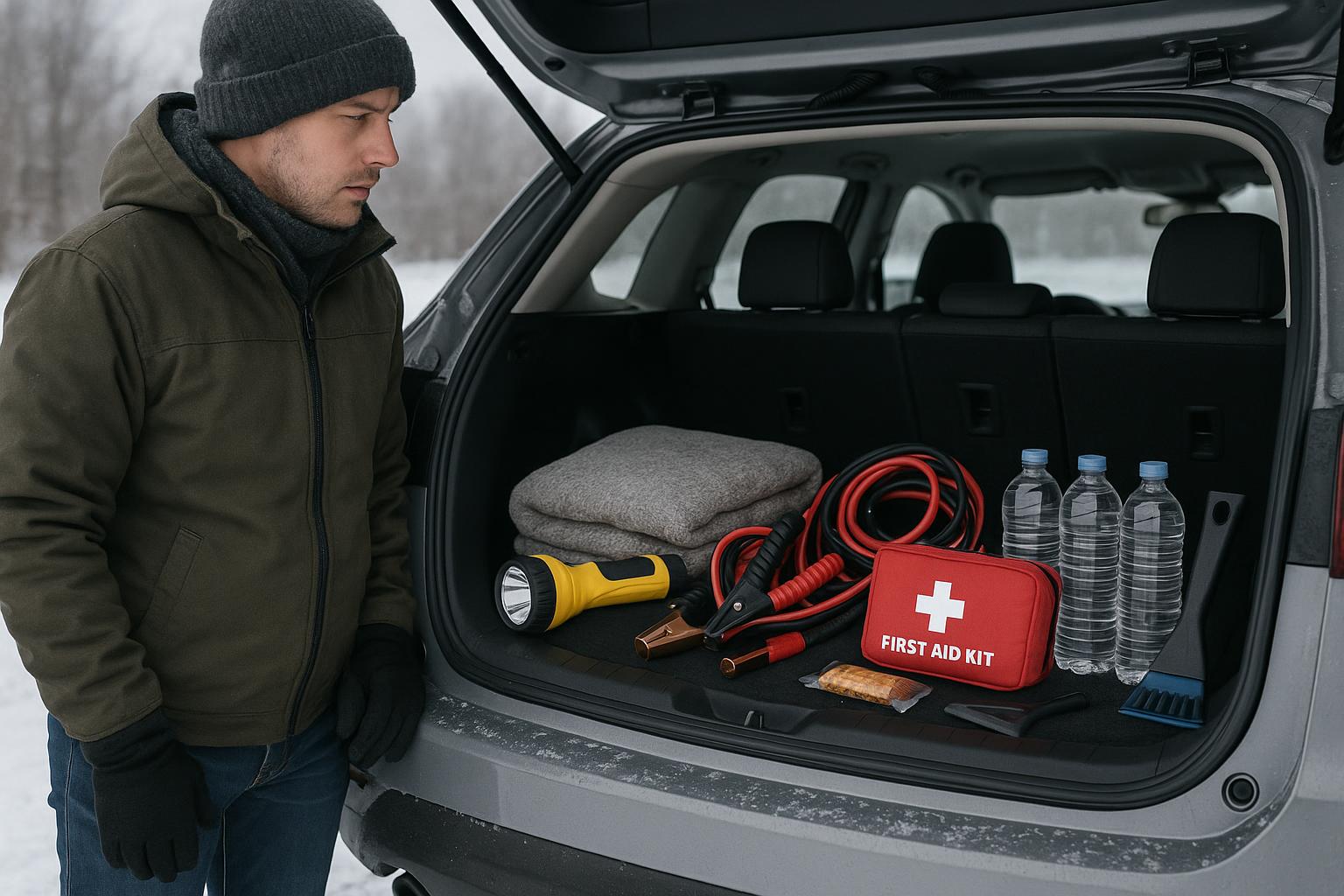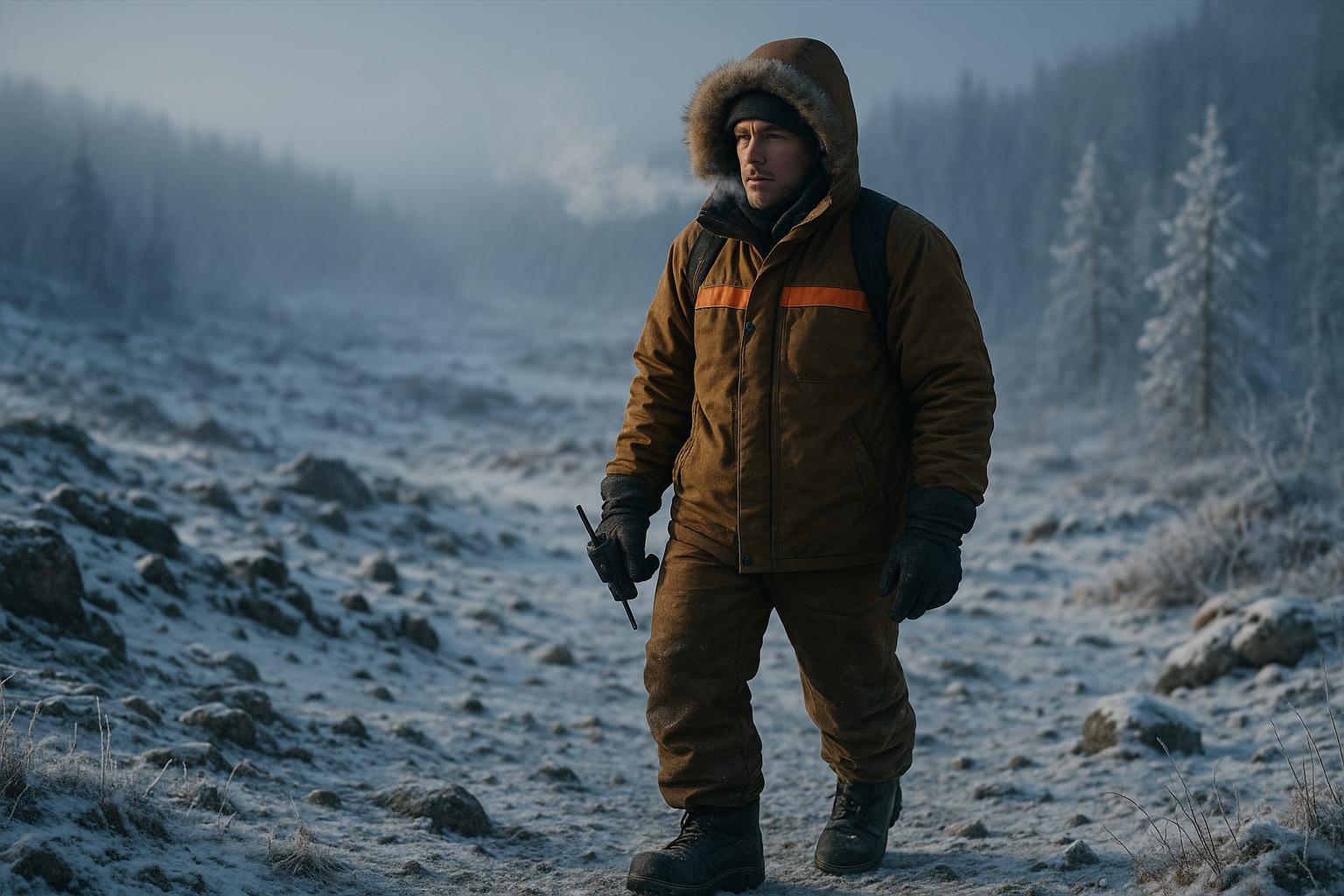Slips, trips, and falls are among the most common and costly workplace accidents. These incidents can lead to serious injuries, lost productivity, and expensive workers’ compensation claims. Effective slip trip fall prevention strategies can help here. The good news is that most slips, trips, and falls are preventable with proper housekeeping practices.
Maintaining a clean and organized workspace reduces hazards and creates a safer work environment for everyone. Today, we’ll discuss how to identify and mitigate slip hazards, best practices for floor cleaning and spill response, and why wearing proper footwear is essential for accident prevention.
By prioritizing good housekeeping, we can significantly reduce the risk of workplace falls and ensure a safer and more efficient workplace.
Identifying and Mitigating Common Slip Hazards
Many workplace slip, trip, and fall incidents occur due to avoidable hazards. Here are some of the most common culprits:
- Wet or Oily Floors: Spilled water, grease, or cleaning solutions create slippery surfaces.
- Debris and Clutter: Loose materials, tools, or trash left on walkways pose tripping hazards.
- Uneven Flooring: Cracked tiles, worn carpets, or changes in floor height can cause missteps.
- Cords and Wires: Electrical cords or cables running across walkways can lead to trips and falls.
- Weather-Related Hazards: Ice, snow, or rain tracked indoors can create slick surfaces.
How Good Housekeeping Prevents Falls
Good housekeeping is not just about cleanliness—it’s a proactive safety measure. Keeping work areas free of clutter, spills, and hazards reduces the risk of injuries and keeps operations running smoothly.
By implementing routine inspections, proper cleaning techniques, and appropriate signage, workplaces can effectively eliminate slip, trip, and fall hazards before they cause accidents.
Prevention and Elimination Tactics
1. Proper Floor Cleaning Procedures and Spill Response
- Clean spills immediately using appropriate absorbent materials.
- Use “Caution: Wet Floor” signs to alert workers until the area is dry.
- Mop and dry floors regularly, especially in high-traffic areas.
- Use the right cleaning agents for different flooring materials to prevent slick surfaces.
- Ensure drains and flooring are in good condition to prevent standing water.
2. Organize and Declutter Workspaces
- Keep walkways clear of tools, cords, and unnecessary items.
- Use proper storage solutions to prevent materials from accumulating in high-traffic areas.
- Remove or repair uneven flooring to prevent trips.
3. Wear Proper Footwear
- Choose slip-resistant shoes with adequate tread for your work environment.
- Ensure shoes fit properly to avoid trips caused by loose footwear.
- Inspect footwear regularly for worn-out soles and replace as needed.
4. Use Safety Signage and Walkway Markings
- Clearly mark hazardous areas, such as wet floors or uneven steps.
- Ensure proper lighting in stairwells, hallways, and outdoor walkways.
- Use non-slip floor coatings or mats in high-risk areas, such as entryways and kitchens.
5. Conduct Regular Safety Inspections and Training
- Train employees to recognize and report hazards before they lead to accidents.
- Schedule routine workplace inspections to identify and address slip risks.
- Encourage a safety-first mindset, ensuring every employee takes responsibility for good housekeeping.
Stats to Support the Importance of Good Housekeeping for Fall Prevention
- Slips, trips, and falls account for 35% of all workplace injuries, making them the leading cause of lost workdays. (Source: National Safety Council, 2023)
- 55% of slip and fall accidents are caused by hazardous walking surfaces, including wet or cluttered floors. (Source: Bureau of Labor Statistics, 2023)
- OSHA estimates that businesses spend over $70 billion annually on slip, trip, and fall injuries, including compensation and medical costs. (Source: OSHA, 2022)
- Workplaces that implement structured housekeeping programs see a 40% reduction in fall-related incidents. (Source: National Institute for Occupational Safety and Health – NIOSH, 2023)
These statistics demonstrate that slips, trips, and falls are preventable with proactive housekeeping and safety measures.
How to Use This Information in Your Workplace
Now that we’ve discussed the importance of good housekeeping in fall prevention, it’s time to take action. Here’s what you can do today:
Evaluate Your Work Area for Slip Hazards
- Look for spills, clutter, loose mats, or uneven flooring.
- Ensure walkways and stairways are well-lit and clear of obstructions.
Follow Proper Cleaning and Spill Response Procedures
- Keep cleaning supplies readily available and ensure all employees know how to use them.
- Immediately clean spills and post warning signs when floors are wet.
Wear Proper Footwear
- If you work in a high-risk area, invest in slip-resistant shoes.
- Encourage employees to replace worn-out shoes to maintain traction.
Encourage a Culture of Safety and Responsibility
- Report slip hazards immediately to supervisors or maintenance staff.
- Participate in safety meetings and training on good housekeeping.
Regularly Inspect Walkways and Workspaces
- Conduct weekly safety audits to identify and fix hazards.
- Implement a housekeeping schedule that ensures floors remain clean and dry.
By making good housekeeping a daily habit, workplaces can significantly reduce injuries, improve efficiency, and create a safer environment for all employees.
Slips, trips, and falls are preventable—and good housekeeping is the key to reducing these risks. A clean, well-maintained workplace keeps employees safe, improves productivity, and minimizes costly workplace accidents.
By following proper cleaning procedures, keeping walkways clear, wearing the right footwear, and conducting regular inspections, we can create a safer, more efficient workplace for everyone.
Take the first step today: assess your workspace, eliminate hazards, and commit to maintaining a clean and safe environment. A few simple changes can make all the difference in preventing workplace falls.



